Biology > QUESTIONS & ANSWERS > University of Maryland, University College BIOL 101BIOL 101 Week 6 Quiz BIOL 101 Week 6 Quiz Scored (All)
University of Maryland, University College BIOL 101BIOL 101 Week 6 Quiz BIOL 101 Week 6 Quiz Scored 85%
Document Content and Description Below
University of Maryland, University College BIOL 101BIOL 101 Week 6 Quiz BIOL 101 Week 6 Quiz Scored 85% Question 1 (5 points) Population genetics is the study of ________. Question 1 options: h... ow allele frequencies in a population change over time populations of cells in an individual the rate of population growth how genes affect embryological development Save Question 2 (5 points) Which variable increases the likelihood of allopatric speciation taking place more quickly? Question 2 options: Equivalent numbers of individuals in each population Longer distance between divided groups Increased instances of hybrid formation Lower rate of mutation Save Question 3 (5 points) The wing of a bird and the arm of a human are examples of ________ structures. Question 3 options: vestigial molecular homologous analogous Question 4 (5 points) What does natural selection result in? Question 4 options: Increased genetic variation A population that is better adapted to a future environment A population that is adapted to its current environment An increase in the size of a population Save Question 5 (5 points) Which of the following are homologous structures? Question 5 options: The forelimb of a dog and the hindlimb of a cat The mouth of a mosquito and the beak of a hummingbird Wings of a butterfly and wings of a sparrow The forelimb of a dog and the forelimb of a cat Save Question 6 (5 points) Which of the following variations could be subject to natural selection? Question 6 options: A dog with short legs due to malnutrition is able to crawl into holes better than his litter mates A tree is not infested by a ground-dwelling beetle when the homeowner cuts the lower branches A hyena is born with a spotted fur pattern that allows it to hide in the grass bettwe than his litter mates A pigeon learns than when its keeper comes near it will be fed All of these variations may be acted on by natural selection Question 7 (0 points) Allopatric speciation is to geography as _________________ speciation is to genetic change. Question 7 options: parapatric de novo peripatric sympatric Save Question 8 (5 points) Old world monkeys have prominent tails; apes and humans do not. See the diagram. At what labeled point did this evolutionary event (loss of the tail) occur? Question 8 options: Point 1 Point 2 Point 3 Save Question 9 (5 points) Phylogeny is a description of ____________. Question 9 options: mutations DNA evolutionary history organisms on Earth Question 10 (5 points) A storm uproots 60% of the trees in a population. This is an example of __________________. Question 10 options: genetic drift gene flow mutation macroevolution Save Question 11 (5 points) After a disastrous blizzard, there was a significant increase in the allele frequency of blue eye color in Husky dogs. The frequency of alleles for brown-eyed dogs was 7.5% and the allele frequency for hazeleyed dogs was 22.5% of all alleles for the population. What is the allele frequency percentage for the blue-eyed Husky dogs in this population? Question 11 options: 7.5 22.5 30 70 Save Question 12 (5 points) Microevolution is to population as macroevolution is to __________. Question 12 options: individuals communities biodiversity species Question 13 (5 points) Complete the following analogy: Microevolution is to population as macroevolution is to ______________. Question 13 options: genes reproduction individuals speciation Save Question 14 (0 points) Dr. Kitty Hauke is studying lobsters in Maine. She noticed that over several years the average length of pincers had increased within this population. She hypothesized that having larger pincers provided a fitness advantage. To test her hypothesis, she introduced 75 large pincer lobsters and 75 small pincer lobsters into an isolated bay area that was similar to the lobsters' natural sea environment. Over 10 years, Dr. Hauke observed this isolated population of lobsters. What would she likely observe if her hypothesis was incorrect? Question 14 options: The percent of lobsters with large pincers would increase. There were fewer small pincer lobsters mating during mating season. The percent of lobsters with large pincers would decrease. More large pincer lobsters could be found mating during mating season. Save Question 15 (5 points) Microevolution is defined as _______________. Question 15 options: changes in the frequency of alleles in the gene pool emergence of new species changes in population size changes in the composition of the population changes in community size Question 16 (5 points) The sexually transmitted disease gonorrhea has become increasingly resistant to treatment with antibiotics. What is the most likely scientific explanation? Question 16 options: Antibiotic-sensitive gonorrhea bacteria died out, but antibiotic-resistant gonorrhea bacteria survived and multiplied The gonorrhea bacteria changed their genes when they sensed antibiotics The antibiotic decreased the mutation rate in the gonorrhea bacteria The gonorrhea bacteria learned to avoid antibiotics Save Question 17 (5 points) What are the similarity of fish, frog, bird, and human embryos evidence of? Question 17 options: Analogy Common ancestry Genetic Drift Genetic mutation Save Question 18 (5 points) After the 1977 drought, the main finding about the medium ground finches on Daphne Major Island was that __________________. Question 18 options: fewer large-beaked finches survived the average size of their beaks increased more large-beaked finches died small-beaked finches outnumber large-beaked finches Question 19 (5 points) Consider Mendel's pea plants in which a single gene determines whether the peas are yellow from the dominant allele Y or green from the recessive allele y (when both alleles are y). According to the HardyWeinberg Principle of Equilibrium, what is the frequency of heterozygous individuals in a population under low selective pressure? Question 19 options: p + q = 1 p2 2pq Save Question 20 (0 points) The 1977 drought was followed by a significant increase in the proportion of medium ground finches with large bills. Based on the graphs, the mean (average) beak depth size approximately changed __________________. Question 20 options: from 13mm to 14.2mm from 9.5mm to 12mm from 8mm to 13mm from 9.5mm to 10.2mm [Show More]
Last updated: 1 year ago
Preview 1 out of 9 pages
.png)
Reviews( 0 )
Document information
Connected school, study & course
About the document
Uploaded On
Aug 12, 2022
Number of pages
9
Written in
Additional information
This document has been written for:
Uploaded
Aug 12, 2022
Downloads
0
Views
31













.png)

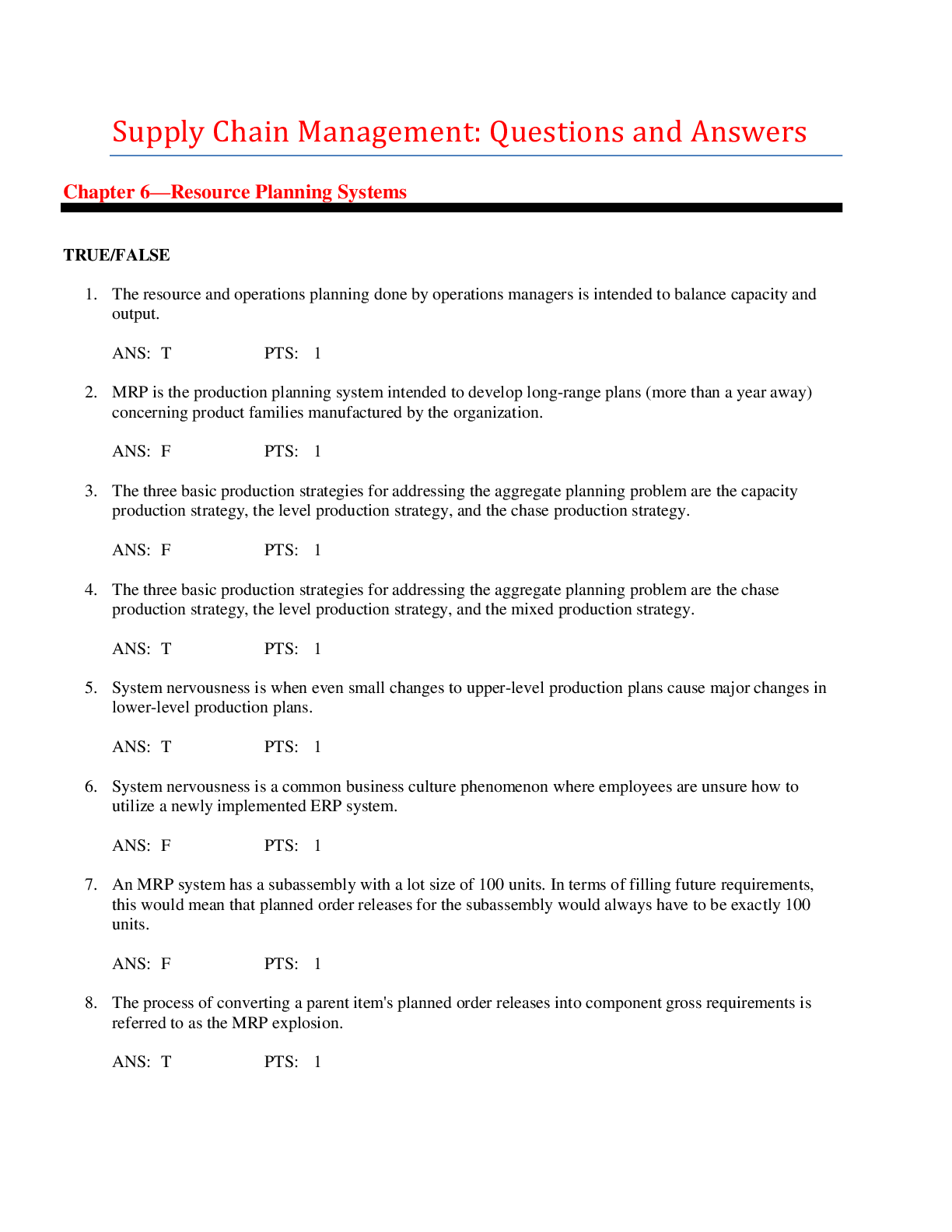
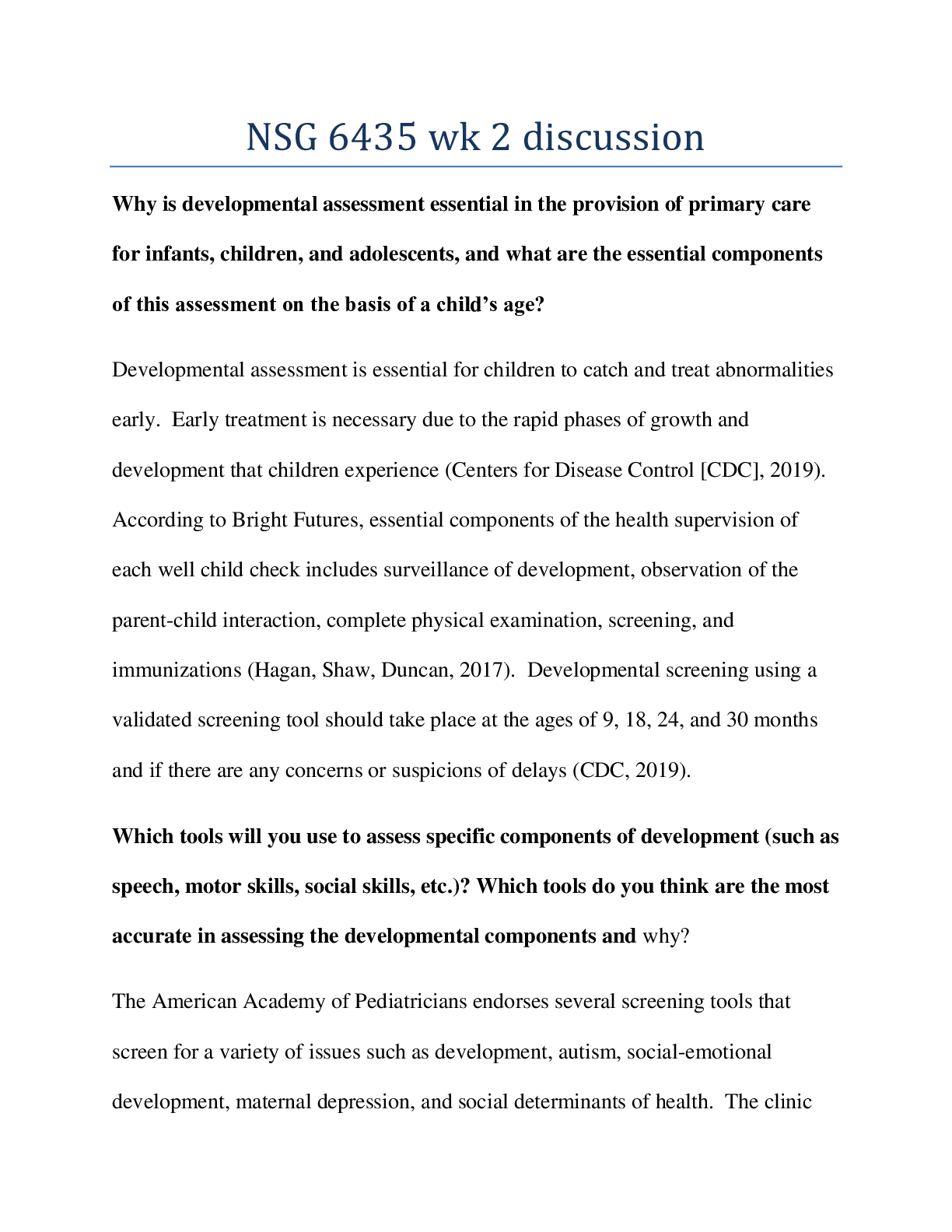

.png)


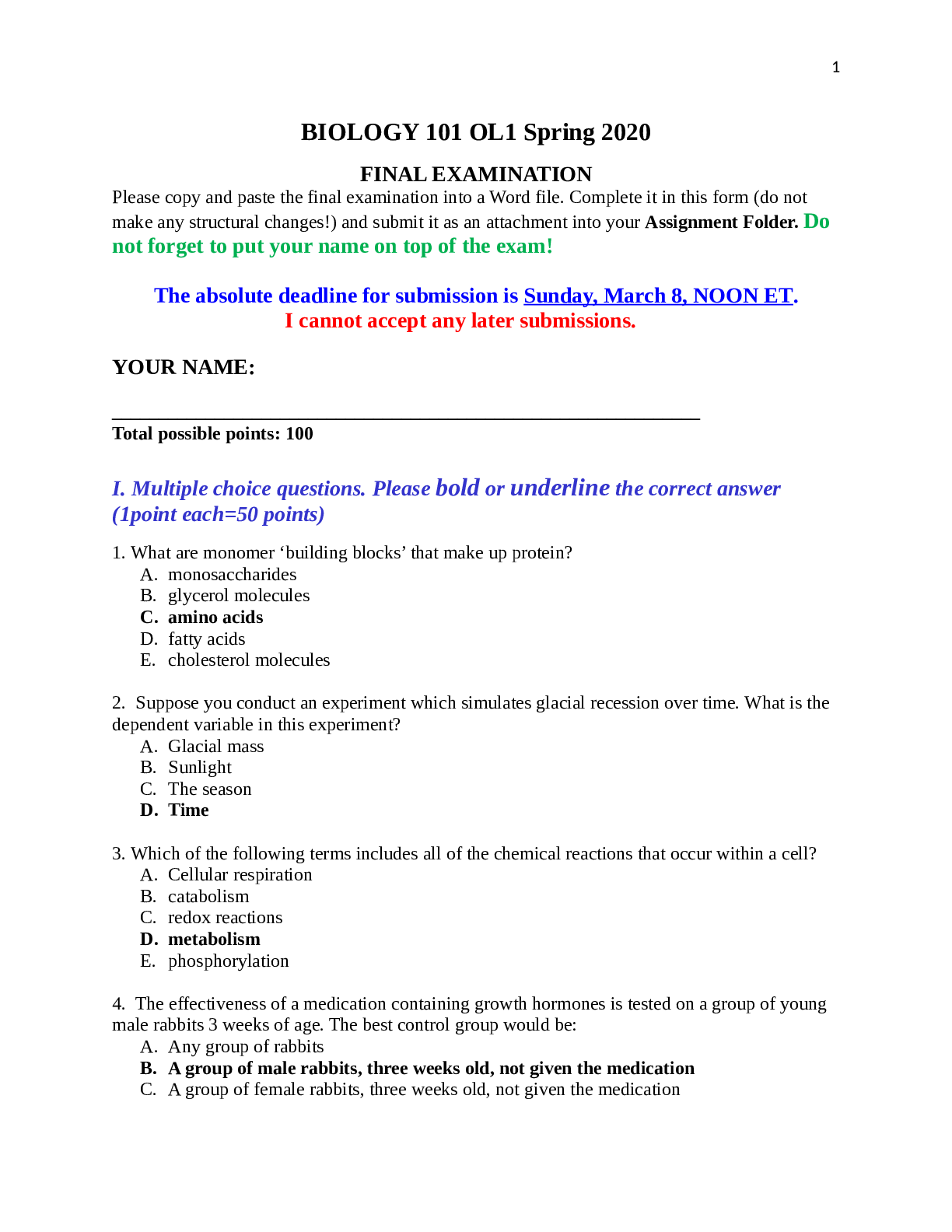
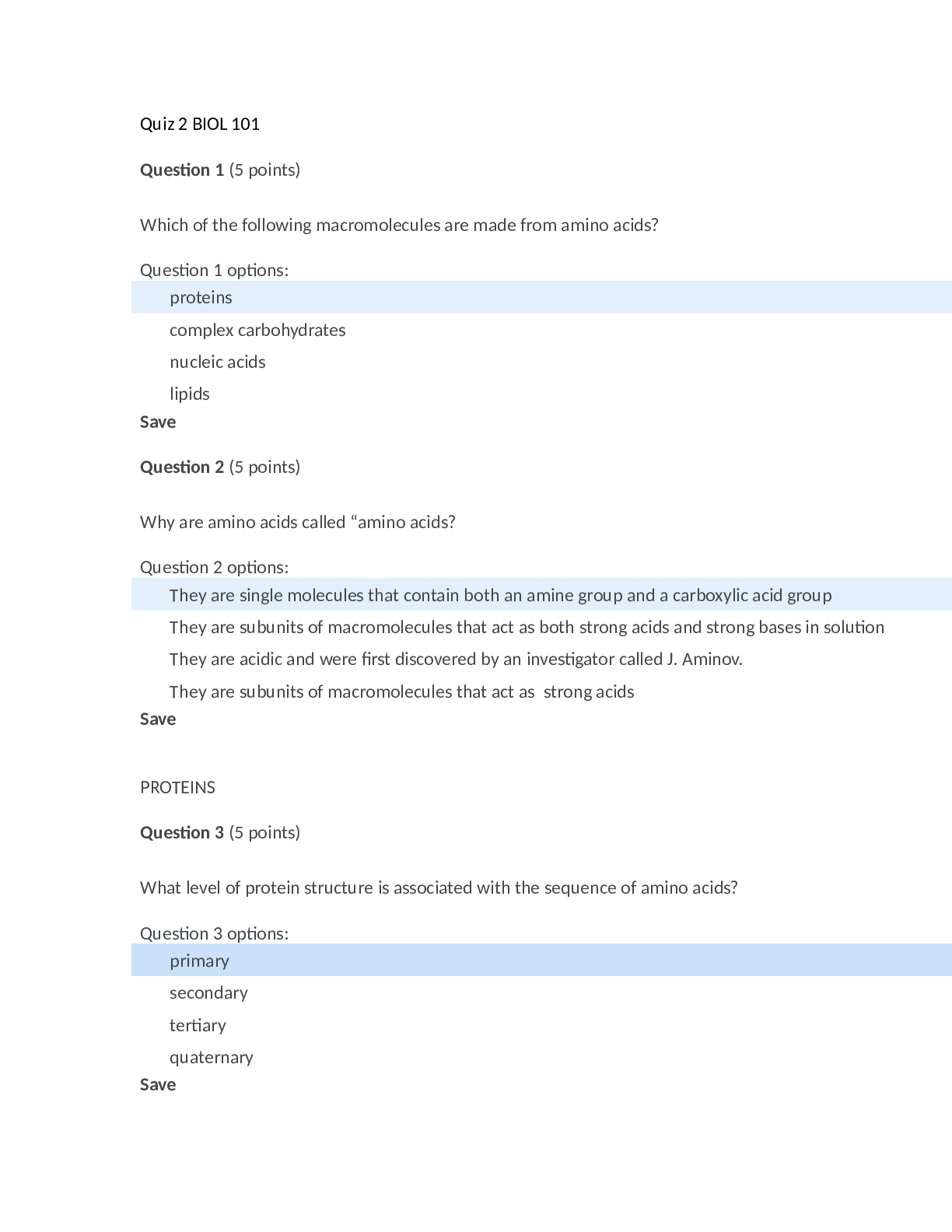


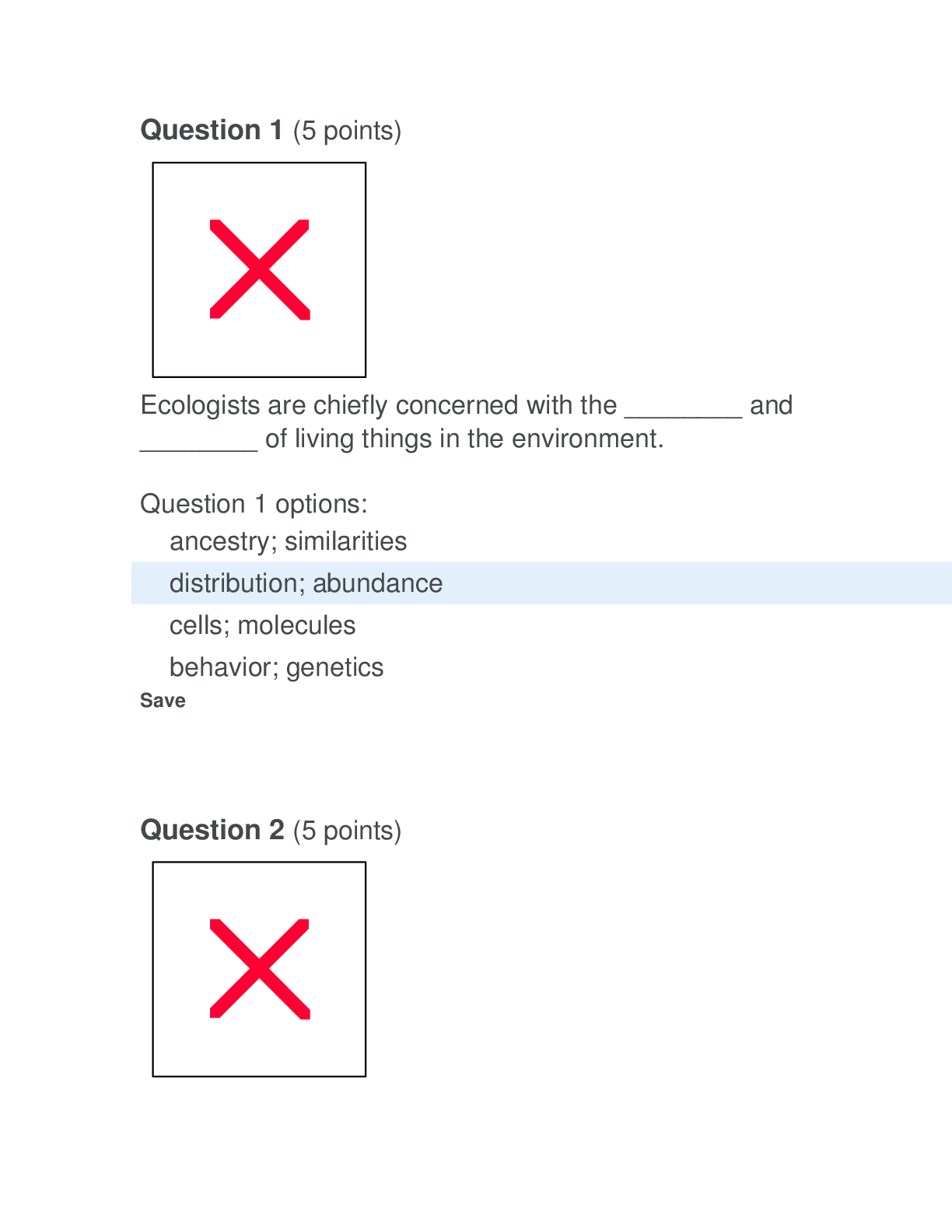
.png)

.png)

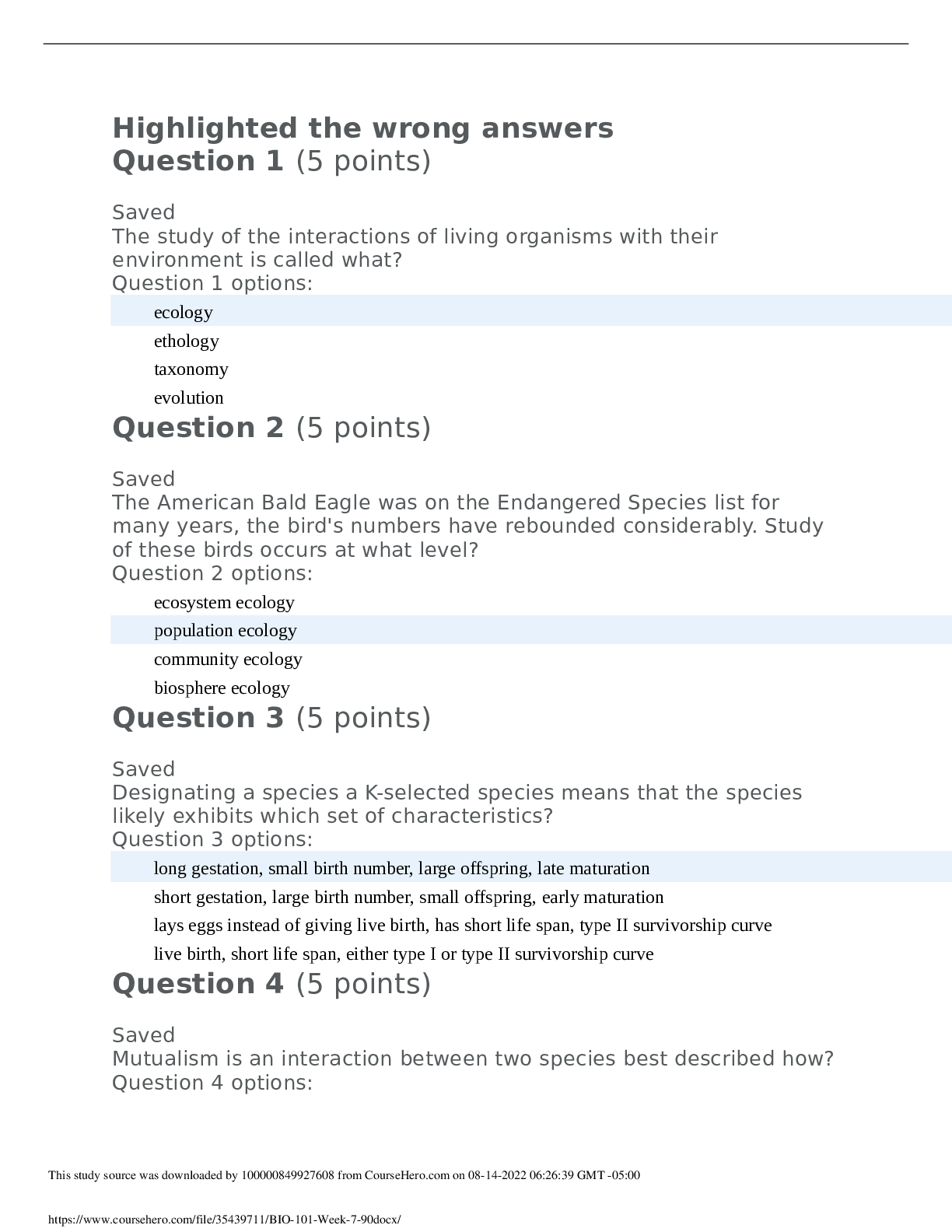
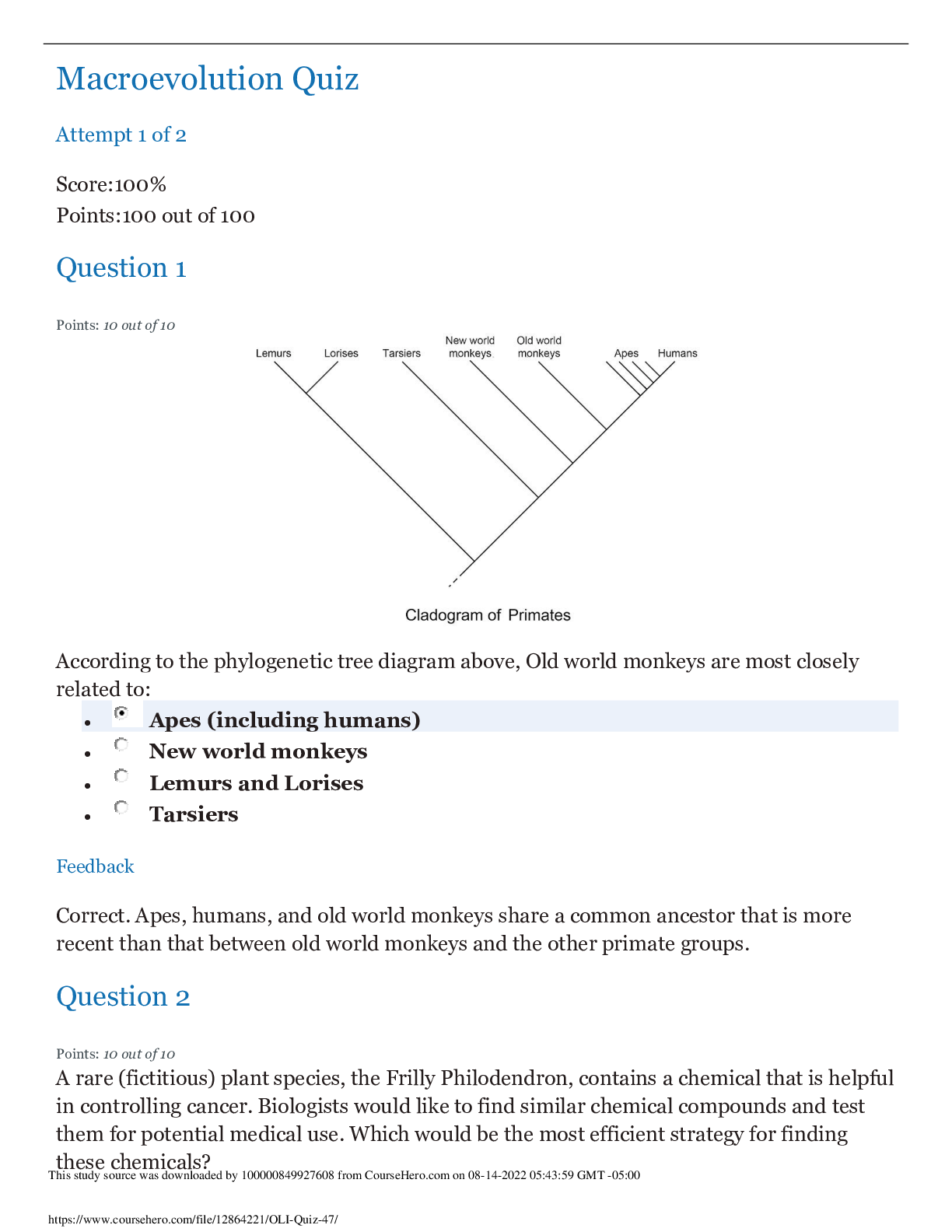
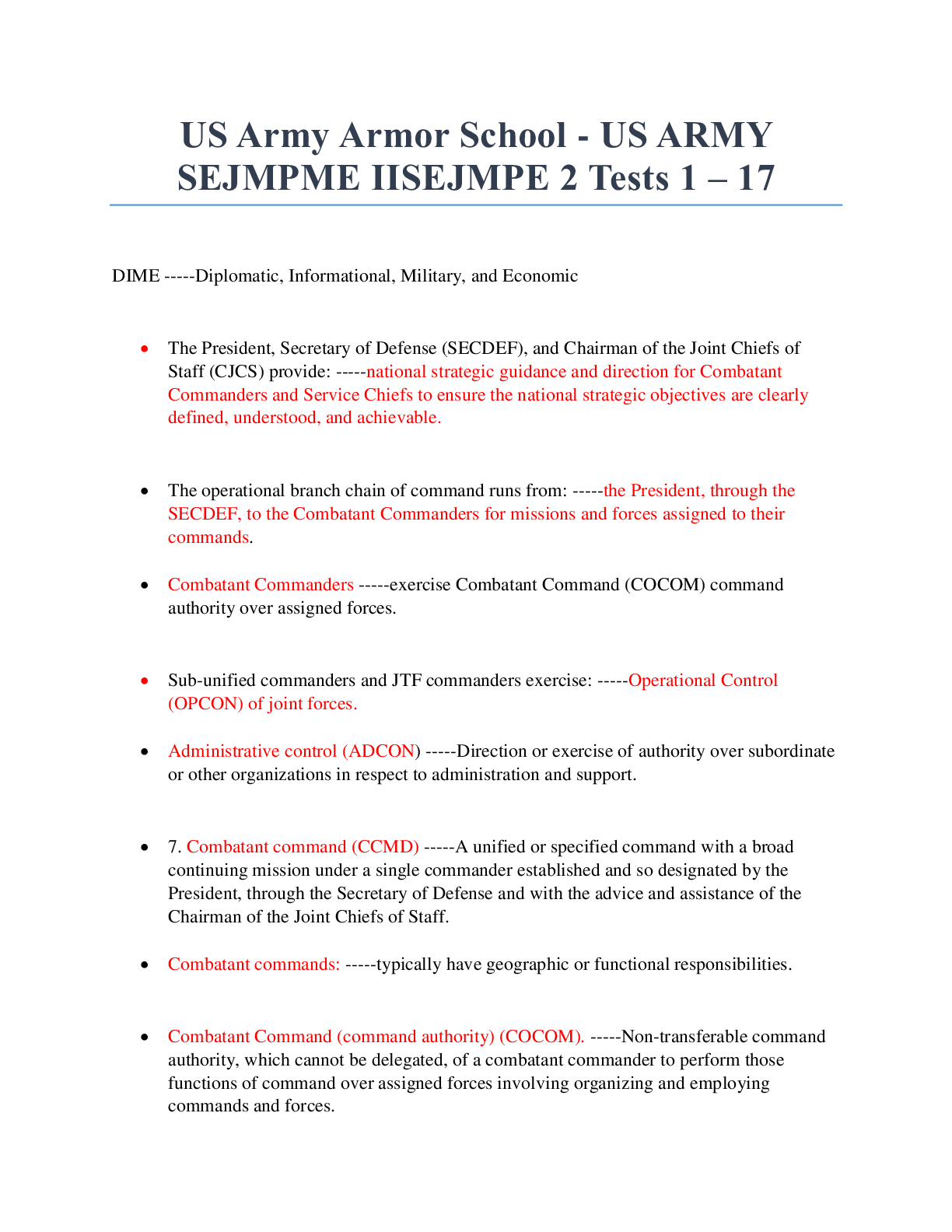

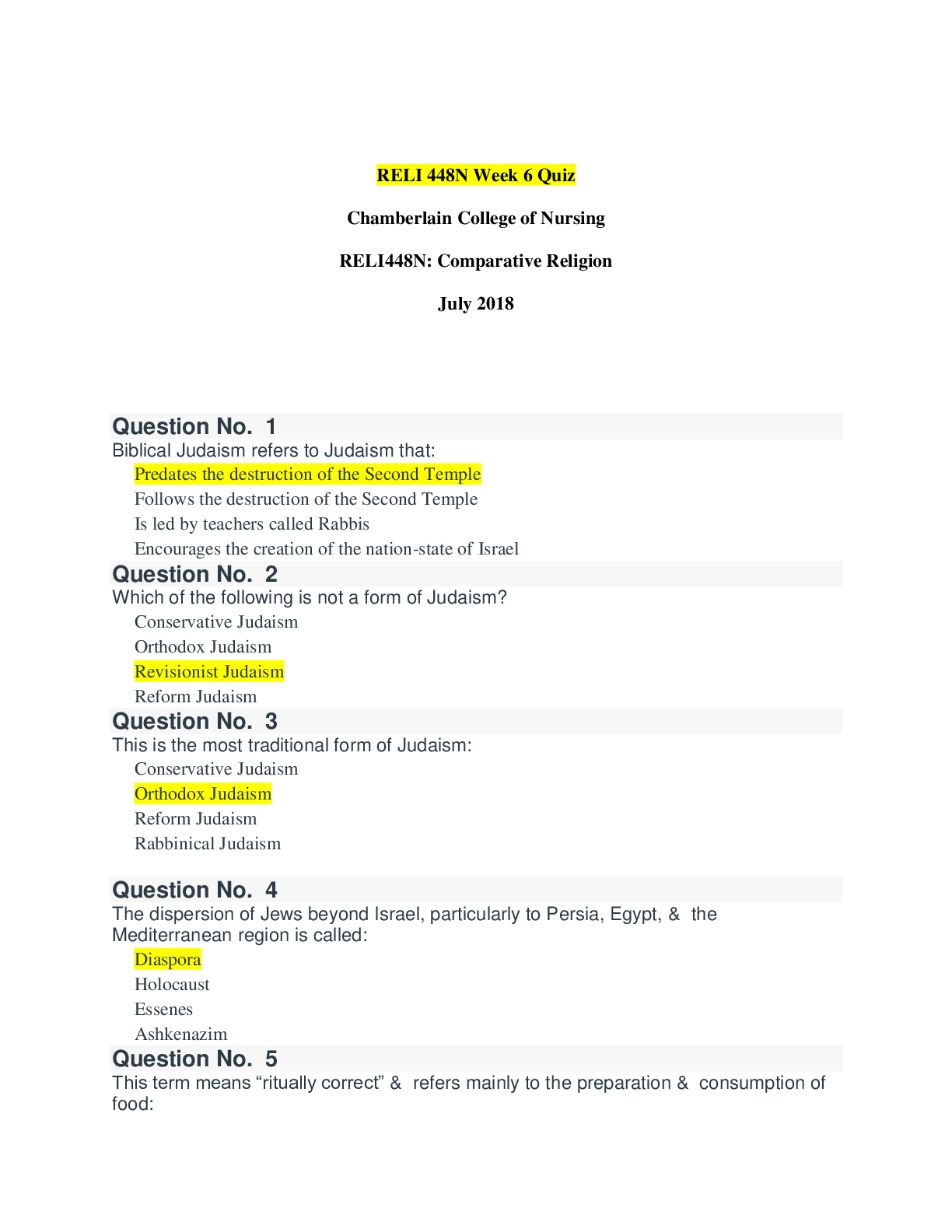
.png)

